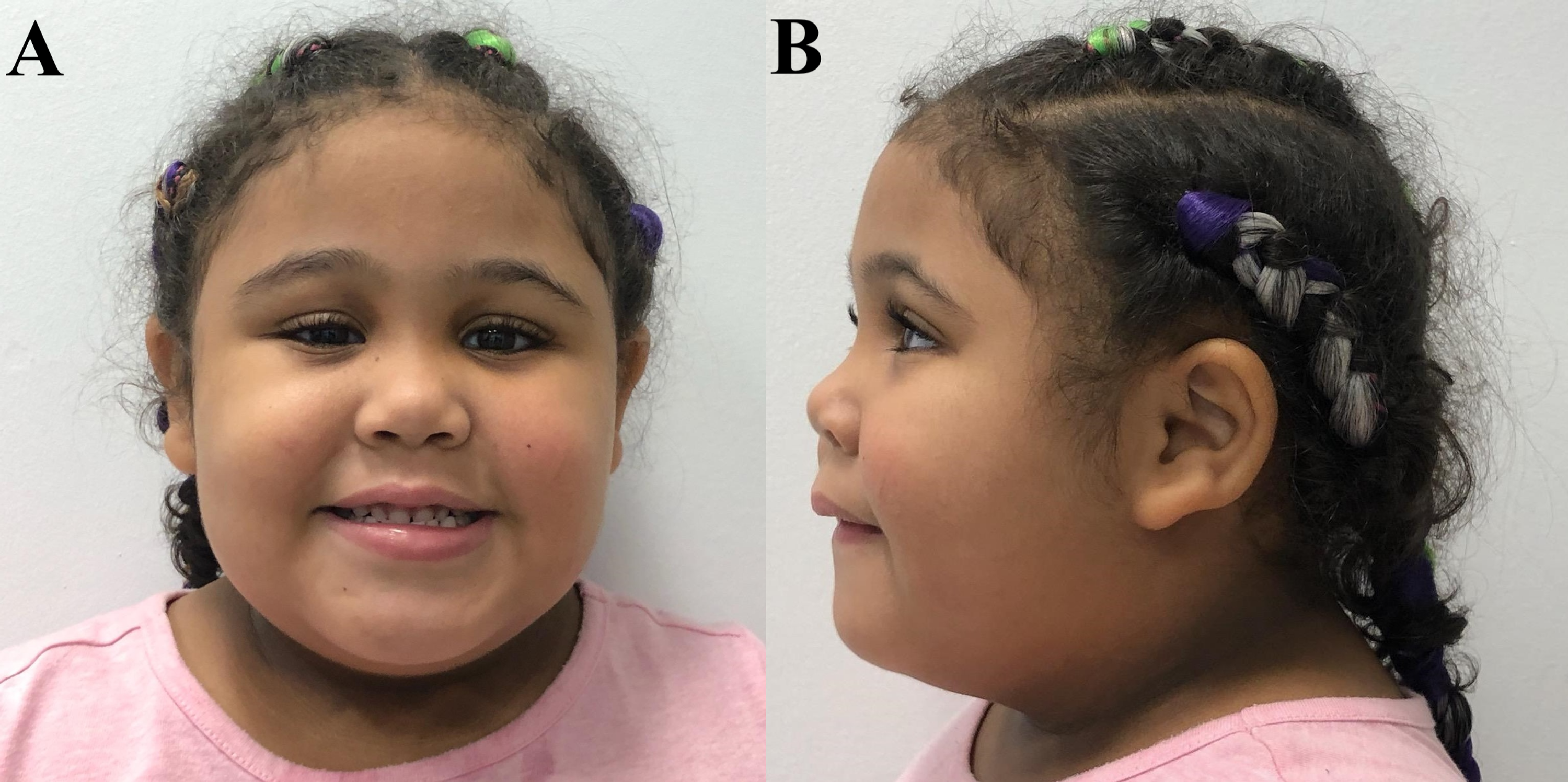15q13 3 Microdeletion Syndrome
15q13 3 microdeletion syndrome. Specific genes implicated in the phenotype include CHRNA7 118511 and OTUD7A 612024 both of which reside within the critical region. Eine rekurrente 15 Mb-Deletion in 15q133 zwischen BP4 und BP5 führt zum Verlust von sechs bekannten Genen darunter CHRNA7. 15q133 microduplication syndrome is a rare chromosomal disorder.
This microdeletion syndrome was first described by Sharp et al in 2008 and is characterised by developmental delay with mildmoderated learning disability seizures and subtle facial dysmorphism. Haplo-Insuffizienz dieses Gens ist evtl. Für die meisten bei dieser Deletion auftretenden neurologischen Entwicklungsstörungen verantwortlich.
Offspring of an individual with this deletion have a 50 chance of inheriting the deletion. Recognition of this broader phenotype has implications for. 39 filas 15q133 microdeletion syndrome is a genetic disorder caused by a deletion of several genes on chromosome 15.
30901306-32445407 hg19 is the result of heterozygous deletions at chromosome 15q133 ranging in size from 350 kb to 39 Mb. The 15q133 microdeletion is a contiguous gene deletion inherited in an autosomal dominant manner. 15q133 Microdeletion Syndrome is caused by a deletion on the long arm of chromosome 15 that spans at least 7 genes and usually includes the CHRNA7 gene The condition can be inherited in an autosomal dominant manner with reduced penetrance or can occur as a new de novo deletion.
The deletion occurs on the long q arm of the chromosome at a position designated q133. 15q133 microdeletion syndrome A 15q133 microdeletion is a rare genetic condition caused by a tiny missing part of one of the bodys 46 chromosomes chromosome 15. Individuals with a 15q133 microdeletion are at increased risk for learning problems intellectual disability seizures autism and behavior problems.
The 15q133 deletion syndrome encompasses a heterogeneous behavioral phenotype that poses a major challenge to parents caregivers and treating. Approximately 15 are de novo and approximately 85 are inherited. Voor een gezonde ontwikkeling van het ongeboren kind moet er de juiste hoeveelheid van de.
The deletion occurs on the long q arm of the chromosome at a position designated q133. In deze folder vindt u een overzicht van de meest voorkomende kenmerken bij mensen met een 15q133 microdeletie.
These deletions are mediated by nonallelic homologous recombination NAHR between four low copy repeat LCR elements.
Voor een gezonde ontwikkeling van het ongeboren kind moet er de juiste hoeveelheid van de. Individuals with a 15q133 microdeletion are at increased risk for learning problems intellectual disability seizures autism and behavior problems. Although prenatal testing is techni. For healthy development chromosomes should contain just the right amount of material not too much and not too little. Individuals with the 15q133 microdeletion are at increased risk for a wide range of clinical manifestations including intellectual disability seizures autism spectrum disorders and schizophrenia. Eine rekurrente 15 Mb-Deletion in 15q133 zwischen BP4 und BP5 führt zum Verlust von sechs bekannten Genen darunter CHRNA7. 30901306-32445407 hg19 is the result of heterozygous deletions at chromosome 15q133 ranging in size from 350 kb to 39 Mb. WAT IS HET 15q133 MICRODELETIE SYNDROOM. The deletion occurs on the long q arm of the chromosome at a position designated q133.
Offspring of an individual with this deletion have a 50 chance of inheriting the deletion. Bij deze aandoening ontbreekt er een klein stukje van chromosoom nummer 15. From GHR15q133 microdeletion is a chromosomal change in which a small piece of chromosome 15 is deleted in each cell. The deletion occurs on the long q arm of the chromosome at a position designated q133. 15q133 microdeletion also known as 15q133 microdeletion syndrome is a chromosomal change in which a small piece of chromosome 15 is deleted in each cell 38. Recognition of this broader phenotype has implications for. The phenotype of chromosome 15q132q133 BP4-BP5 microdeletionduplication syndrome may include features of autism spectrum disorder a variety of neuropsychiatric disorders and cognitive impairment.













































Post a Comment for "15q13 3 Microdeletion Syndrome"